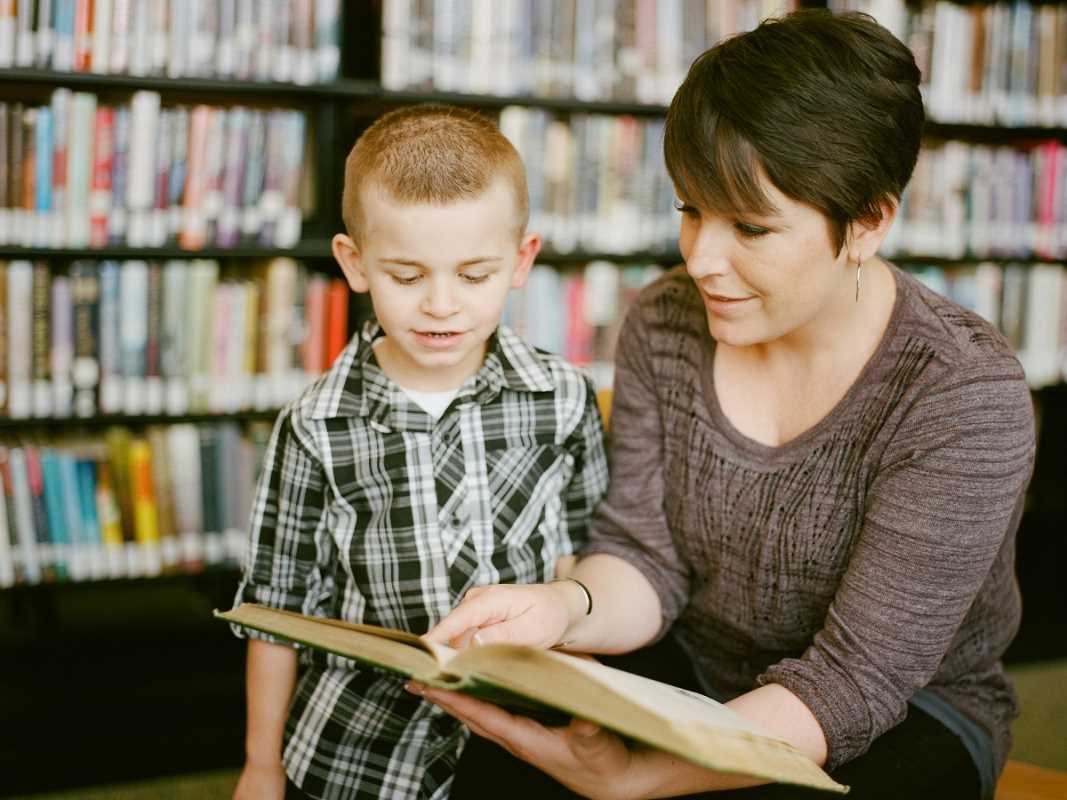Teaching children about inclusivity and diversity is one of the most important lessons we can offer as parents, guardians, and educators. Creating a world where everyone feels seen, heard, and respected begins with how our younger generations perceive and understand differences. What better way to spark these meaningful conversations than through books? Stories can be magic—they have the ability to whisk children into other people’s worlds, teaching empathy, respect, and curiosity along the way.
Below, we’ll explore the power of using books to teach inclusivity and diversity and share some book recommendations for different age groups that tackle topics like racial diversity, cultural understanding, gender inclusivity, and disabilities. Plus, we’ll leave you with tips on how to make these discussions impactful when reading with your little ones.
Why Books Are a Powerful Tool for Teaching Inclusivity
Books allow children to see themselves reflected in stories and, equally important, to see people who are different from them represented too. They offer an opportunity to celebrate diverse experiences, which fosters understanding, dismantles stereotypes, and prevents prejudice from taking root. Stories also make complex themes like social justice, identity, and acceptance more accessible for young minds. For every child, there is a book that can help them understand the fundamental truth that diversity is beautiful.
Toddler-Friendly Books (Ages 1–4)
At this age, children learn through simple language, repetition, and colorful illustrations. The goal is to introduce them to concepts of diversity and inclusivity in a gentle, engaging way.
1. "All Are Welcome" by Alexandra Penfold
This vibrant book takes readers on a day in the life of a multicultural classroom where kids of all backgrounds are celebrated. With its rhyming text and uplifting message, it reassures little ones that they belong no matter who they are.
2. "Hair Love" by Matthew A. Cherry
This sweet story centers around Zuri and her dad as they work together to do her hair. It celebrates natural Black hair and the special bond between a father and daughter, all while emphasizing self-love.
3. "A Family Is a Family Is a Family" by Sara O’Leary
What does a family look like? This heartwarming book answers that question with the message that there’s no single definition—it could be a family with two moms, one parent, or non-traditional dynamics. It’s a joyful reminder that love is what makes a family.
4. "We’re Different, We’re the Same" by Sesame Street
When it comes to teaching toddlers about diversity, who better than the beloved Sesame Street characters? This classic explains in a clear, simple way how all our differences make us unique, but we’re also more alike than we realize.
Books for Elementary School Kids (Ages 5–9)
Kids in this age range start noticing differences more than they did as toddlers, so books can help normalize diversity and introduce themes like social justice and fairness.
5. "Last Stop on Market Street" by Matt de la Peña
This award-winning book follows a boy, CJ, and his grandma on a bus ride through their neighborhood. Along the way, CJ asks questions about the world, and his grandma emphasizes the beauty in everyday life, hardships, and kindness. It’s an ode to community and compassion.
6. "The Day You Begin" by Jacqueline Woodson
This beautiful story tackles the feelings of being different—whether it’s because of skin color, language, or family traditions. It’s a powerful reminder to kids that stepping into a room where no one seems “like you” takes courage, and their unique story matters.
7. "I Am Enough" by Grace Byers
With poetic simplicity, this book inspires self-confidence and celebrates differences, showing children that they are worthy just as they are. It’s a popular choice for empowering young readers.
8. "The Proudest Blue" by Ibtihaj Muhammad and S.K. Ali
Written by Olympic medalist Ibtihaj Muhammad, this story follows a girl named Faizah who admires her older sister as she proudly wears her hijab for the first time. It’s a touching exploration of self-pride, faith, and identity.
9. "Julian Is a Mermaid" by Jessica Love
This tender and visually stunning book follows Julian, a boy who dreams of becoming a mermaid. It portrays the beauty of self-expression and acceptance, all while challenging traditional gender norms.
Books for Pre-Teens (Ages 10–12)
By late elementary and middle school, kids are ready for deeper dives into diversity, equity, and inclusion topics. These books provide relatable, thought-provoking narratives.
10. "Wonder" by R.J. Palacio
This bestseller tells the story of Auggie, a boy with facial differences, as he navigates school for the first time. It’s an unforgettable lesson about kindness, compassion, and going beyond appearances to see the person within.
11. "Inside Out and Back Again" by Thanhhà Lai
Based on the author’s life, this novel-in-verse portrays the experience of Hà, a 10-year-old girl who immigrates to the U.S. from Vietnam after the fall of Saigon. It highlights themes of cultural adjustment, identity, and resilience.
12. "Front Desk" by Kelly Yang
Mia Tang is a Chinese immigrant who works the front desk of a motel her parents manage. This candid story touches on class, racism, and determination in ways pre-teens will connect with, offering a window into the immigrant experience.
13. "El Deafo" by Cece Bell
This graphic memoir recounts Cece Bell’s childhood experiences navigating school and friendships with hearing loss. It balances humor with vulnerability, helping kids understand disability in a fun yet meaningful way.
14. "LGBTQ+ Athletes Claim the Field" by Kirstin Cronn-Mills
For pre-teens starting to engage with activism, this non-fiction book showcases LGBTQ+ athletes breaking barriers, promoting inclusion, and making history.
Tips for Discussing Inclusivity While Reading
Reading books about diversity and inclusion with kids can be an impactful experience if approached intentionally. Here are some tips to make the most of these moments:
- Encourage Questions: Kids are naturally curious and may have lots of questions about topics like race, disability, or cultural differences. Use their curiosity as a teaching moment instead of shying away from it.
- Discuss Similarities and Differences: Point out the ways characters are unique but also remind your child of shared values and experiences that connect us all.
- Practice Empathy: Ask your child how they’d feel in certain situations in the story. What would they do to help someone feel included?
- Connect to Real Life: Use the story as a jumping-off point for broader discussions about inclusivity. For example, if the book portrays a character facing bullying, talk about ways your child can stand up for others in real life.
- Model Inclusivity: Books are just a starting point. Show your child how inclusivity works in practice by celebrating diversity in your community, speaking up against prejudice, and treating everyone with respect.
Books open up a world of possibilities for teaching kids about inclusivity and diversity. They provide an accessible way to explain important concepts while fostering empathy and understanding. By introducing children to stories that reflect a variety of experiences, backgrounds, and abilities, you’re helping them become well-rounded, compassionate individuals prepared to thrive in our beautifully diverse world.
 (Image via
(Image via





